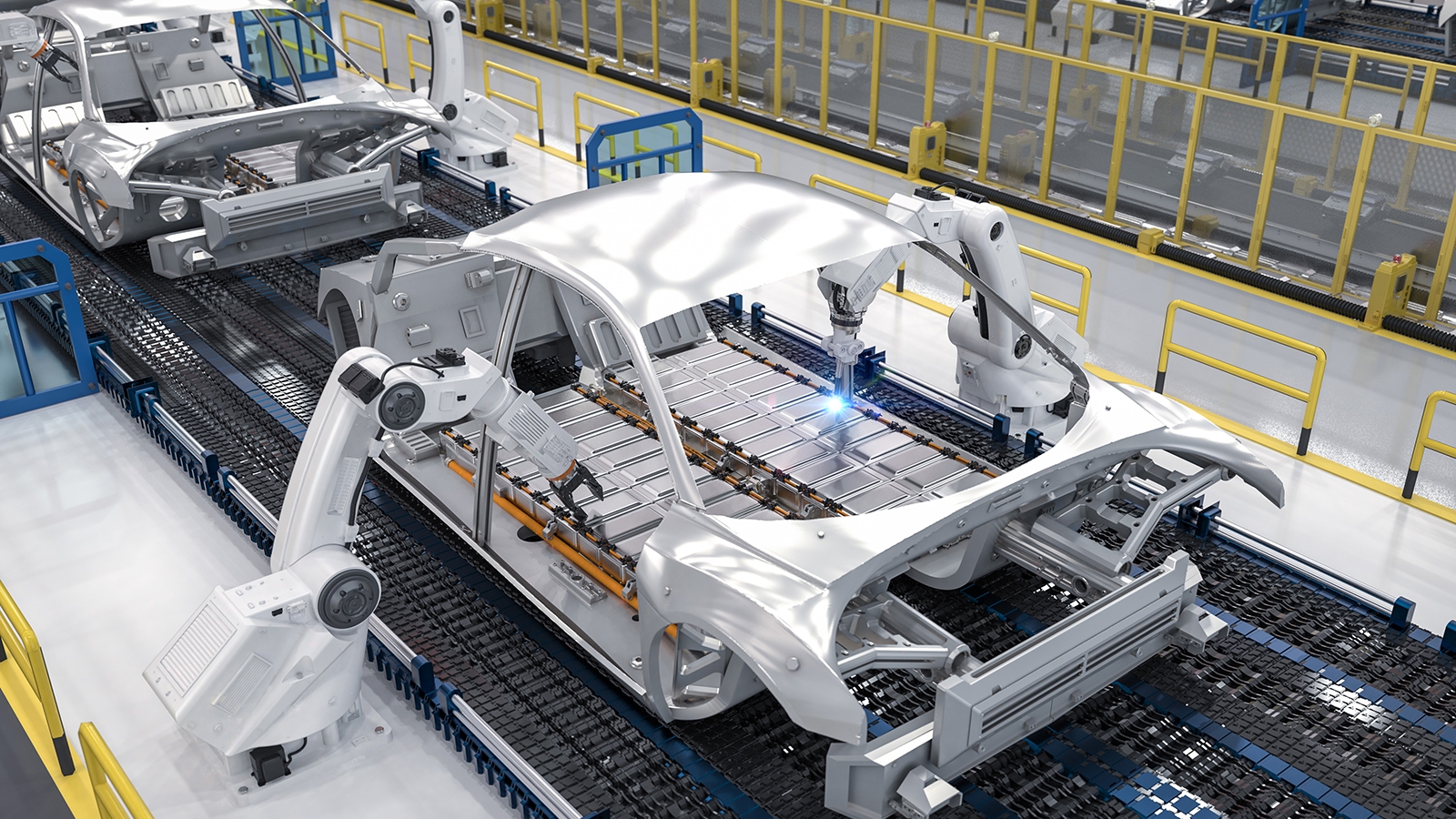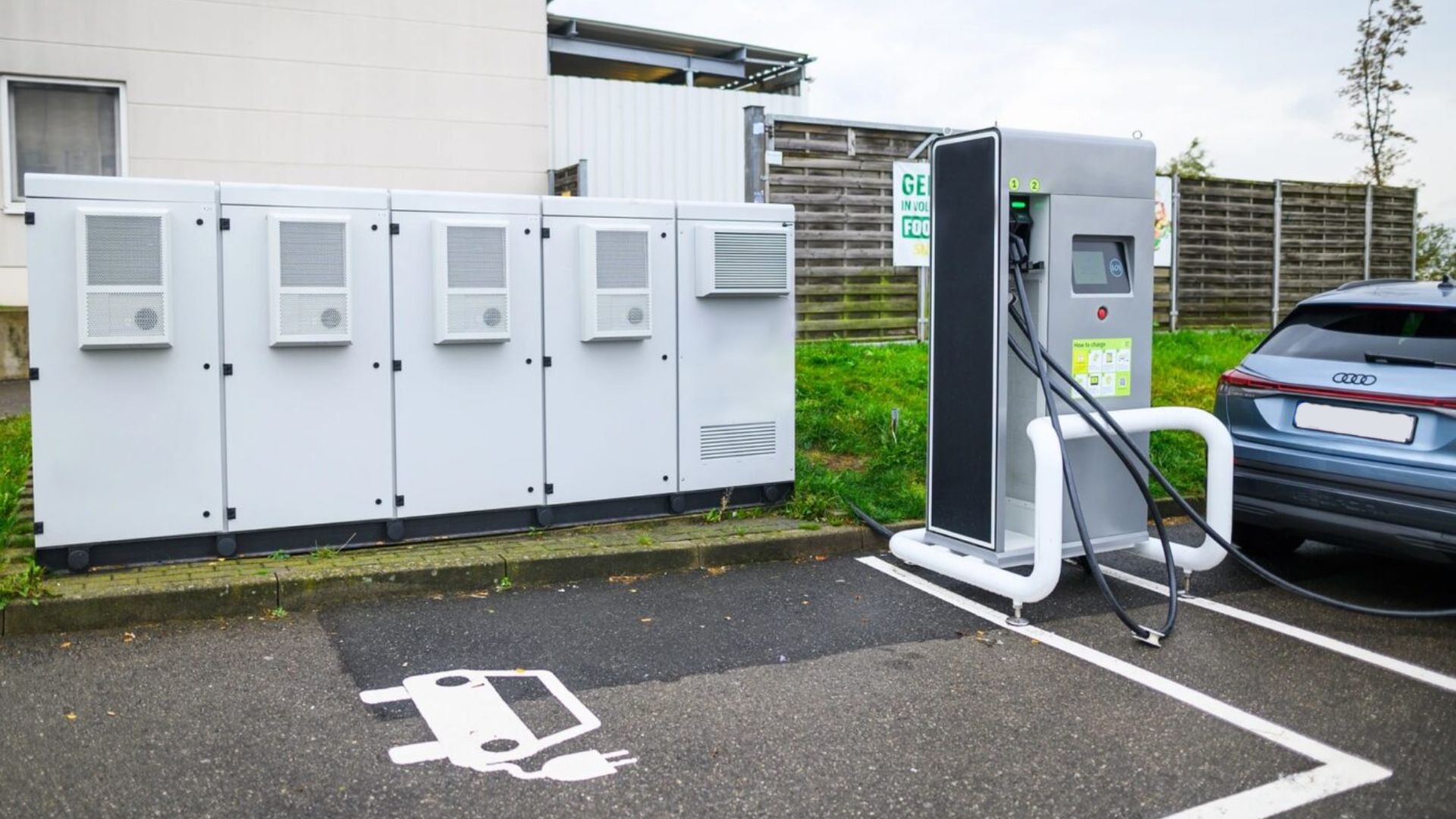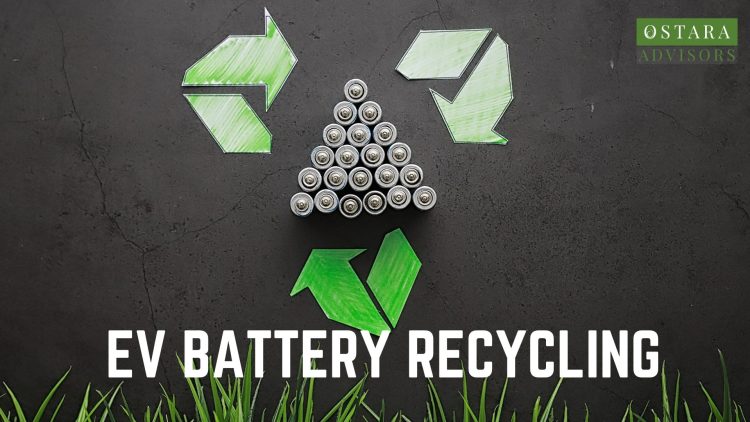The global automotive industry is in the midst of a transformative shift. As environmental concerns intensify and the specter of climate change looms larger, electric vehicles (EVs) have emerged as a potential game-changer in reducing our reliance on fossil fuels and cutting carbon emissions. With governments offering subsidies, automakers ramping up production, and consumers flocking to showrooms for greener alternatives, it’s easy to assume that EVs are a simple solution to our planet’s pollution problem.
But are electric cars as green as we think they are? In this article, we will dive deep into the environmental impacts of electric vehicles, from manufacturing to their operational life, and explore the hidden costs and complexities of going green on four wheels.
The Rise of the Electric Vehicle
Over the past decade, the electric vehicle market has skyrocketed. According to the International Energy Agency (IEA), EVs made up 9% of global car sales in 2021, a dramatic increase from 1% in 2010. In some countries, such as Norway and the Netherlands, EVs have already surpassed 50% of new car sales. Tesla, Nissan, and other automakers have been at the forefront of this revolution, producing electric cars that are not only more efficient but also increasingly affordable.
Governments are playing a critical role in this transition. Incentives such as tax breaks, rebates, and subsidies for both consumers and manufacturers have spurred the adoption of electric vehicles. Cities around the world are also introducing low-emission zones, offering financial and logistical support for EV drivers. Public charging infrastructure is growing at an exponential rate, making it easier to own and operate an electric car.
However, while these advances are undoubtedly positive, they are not a panacea for the environmental challenges we face. The journey of an electric vehicle from the drawing board to the road is complex, and its overall environmental impact is influenced by a variety of factors, including manufacturing processes, energy sources, battery production, and end-of-life disposal.
Manufacturing: The Hidden Environmental Cost
While electric cars do not emit harmful gases during operation, their environmental footprint is far from negligible. One of the most significant sources of concern lies in the production process, particularly the manufacturing of lithium-ion batteries, which power most EVs.
Battery Production: A Resource-Intensive Process
Lithium-ion batteries require the extraction of several rare earth minerals, including lithium, cobalt, nickel, and graphite. Mining these materials can have severe environmental consequences, ranging from habitat destruction to significant water usage and pollution. For example, lithium mining in places like the Atacama Desert in Chile requires large amounts of water, which depletes local water resources and affects surrounding ecosystems.
Cobalt mining, particularly in the Democratic Republic of Congo (DRC), has been linked to human rights abuses, including child labor and unsafe working conditions. While manufacturers are working to source these materials more responsibly and find alternatives, the extraction of raw materials for battery production remains a complex and problematic issue.

Energy Consumption in Manufacturing
The manufacturing of electric vehicles, especially the battery production phase, consumes significant amounts of energy. A study from the European Union found that the production of an EV can generate up to 60% more carbon emissions than the production of a conventional gasoline-powered car, primarily due to the energy-intensive process of making batteries. However, this “manufacturing emissions gap” tends to close over the lifetime of the vehicle, as the EV generates fewer emissions during use.
Still, the source of the electricity used in manufacturing also plays a role. In countries that rely heavily on coal or other fossil fuels for energy production, the overall environmental cost of producing an EV is higher. Conversely, nations powered by cleaner energy sources such as wind, solar, or nuclear power tend to have a lower carbon footprint in EV production.
The Operational Green Credentials
Once an electric car is on the road, its environmental impact changes significantly compared to a gasoline-powered vehicle. EVs produce zero tailpipe emissions, meaning no direct contribution to air pollution or greenhouse gas emissions while driving.
Energy Source Matters
The “green” credentials of an EV, however, are heavily dependent on the source of the electricity used to charge it. In countries where the energy grid is powered predominantly by coal or natural gas, the reduction in emissions may not be as significant. For instance, in China, a major player in the EV market, electricity is still largely generated from coal, which means that an electric car might not have a drastically lower carbon footprint compared to a conventional car.
In contrast, countries with a high proportion of renewable energy in their electricity grids—such as Norway, Sweden, or Costa Rica—offer a far greener charging experience. A study by the Union of Concerned Scientists (UCS) found that the average EV in the U.S. is responsible for about half the emissions of a new gasoline car, but that number can vary dramatically depending on the region.
The Efficiency Advantage
Even when charged from a less-than-ideal energy grid, electric vehicles are still more efficient than their gasoline counterparts. EVs convert around 85-90% of the electrical energy from the grid to power the wheels, compared to only about 20-30% for internal combustion engine vehicles. This higher efficiency means that, overall, EVs use less energy to travel the same distance.
Furthermore, EVs can be charged at home using renewable energy sources, such as solar panels. This opens up the possibility of creating a truly sustainable, zero-emissions vehicle when coupled with clean energy.
Battery Longevity and Recycling
One of the most critical challenges facing the electric car industry is the question of what happens to the battery at the end of its life. Battery life in electric vehicles generally lasts between 8 to 15 years, but eventually, the battery’s capacity deteriorates, and it needs to be replaced.
Battery Recycling Challenges
Recycling lithium-ion batteries is a complex and costly process. While significant advances are being made in battery recycling technologies, most EV batteries are still not being recycled to their full potential. A large portion of old batteries ends up in landfills or is incinerated, contributing to environmental pollution and waste.

However, efforts are underway to improve the efficiency of battery recycling. Companies like Tesla and Redwood Materials are working on creating closed-loop systems, where used EV batteries are dismantled, and their materials are reused in the production of new batteries. In the long run, such technologies could help reduce the environmental impact of battery production and minimize reliance on raw material extraction.
Second-Life Applications
Another promising development is the use of old EV batteries in second-life applications. For example, used EV batteries can be repurposed for energy storage systems, which can be used in homes or as part of the grid. This approach not only extends the life of the batteries but also helps mitigate the impact of battery production by creating a circular economy model.
EVs vs. Traditional Vehicles: A Holistic View
When comparing electric vehicles to traditional gasoline-powered cars, it is crucial to take a life-cycle approach. While EVs may have a larger environmental footprint during manufacturing, their lower emissions during operation and potential for a greener life cycle make them a better choice in the long run.
Carbon Payback Period
A study from the European Environment Agency (EEA) suggests that the carbon payback period—the time it takes for an EV to offset the higher emissions from its production—ranges from 1.5 to 6 years, depending on factors like the energy mix used to charge the car and the specific model of the vehicle. After this period, the EV’s carbon footprint is considerably lower than that of a conventional car.
Overall Emission Reductions
On average, EVs result in 40-60% fewer greenhouse gas emissions than their gasoline counterparts over their entire life cycle. This number continues to improve as the energy grid becomes greener and battery production processes become more efficient.
The Future of Electric Vehicles: Striving for Sustainability
As the electric vehicle industry continues to mature, several innovations could help address the current environmental challenges. From advancements in battery technology to improvements in recycling and the expansion of renewable energy infrastructure, the road ahead for EVs looks promising.
For example, solid-state batteries, which are safer, more efficient, and easier to recycle, could replace current lithium-ion technologies. Additionally, as countries accelerate their shift to renewable energy, the overall carbon footprint of electric vehicles will continue to decrease.
Conclusion: Are EVs Really Green?
Electric vehicles undoubtedly offer significant environmental benefits, especially when viewed in the context of their full life cycle. However, they are not a perfect solution. The environmental impacts of battery production, resource extraction, and the energy used for manufacturing and charging are factors that need to be carefully considered.
As we continue to push for a more sustainable future, electric vehicles will likely play an essential role, but they are not a silver bullet. In parallel, efforts to reduce overall energy consumption, promote public transportation, and transition to a circular economy will be crucial to achieving meaningful environmental change.


















































Discussion about this post